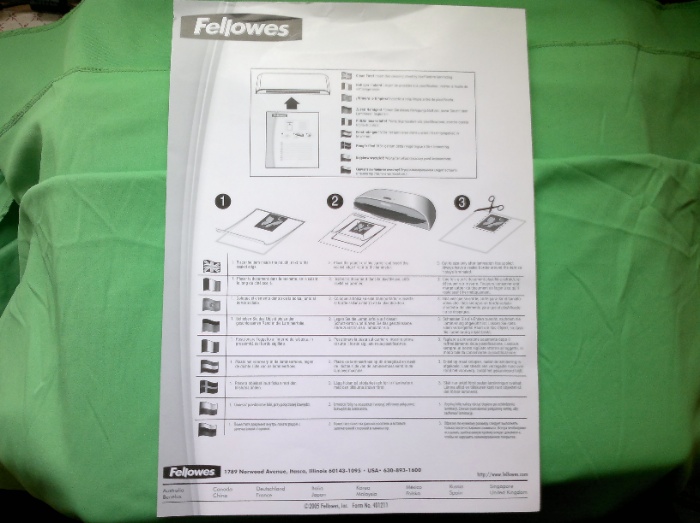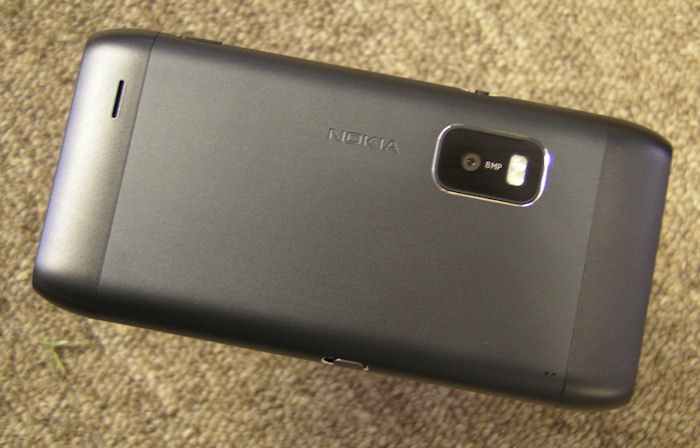
The use of an EDoF camera in the E7 has been one of the most controversial aspects of its design and, as Rafe said, is a direct consequence of the presence of the full width QWERTY keyboard, reducing the available depth for a camera unit to about 5mm (cf 10mm on the N8). Given the overall form factor and ruling out an unsightly camera 'hump', this limitation is understandable. What's less comprehensible is the use of EDoF rather than a similarly sized auto-focus unit - that in the E72 is only a millimetre or two bigger. Perhaps the tolerances were, quite literally, so tight that the lower profile EDoF camera (which dispenses with bulky moving lenses in favour of a fixed lens and optical/electronic trickery).
Regardless, the E7 has an EDoF camera and we're stuck with it. To test whether any kind of document capture was still practical with the E7's EDoF camera, I used up a typical A4 printed sheet on white card, with a mix of text in different fonts and graphics, set in good natural light (as good as you'd get in a well-lit office, for example) and then tried photographing it with the E7 at various distances. Here's the full document image, as snapped at 15", so you know what I was shooting. Click through for the full 8 megapixel (1MB) photo, for you to examine yourself.
Snapping at 15" produced as good a result as it's possible to get on the E7. I know this because I also tried some other distances.
Here are zoomed crops of the images produced for a number of alternative shooting ranges. From top-left, clockwise: 7", 12", 15", 24":
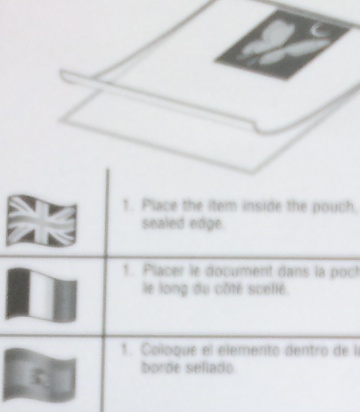
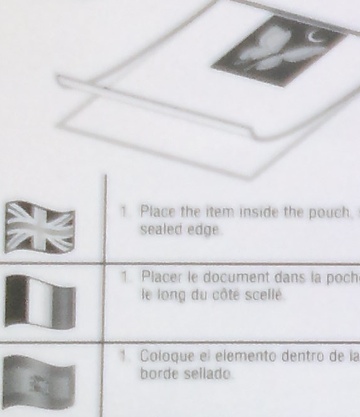
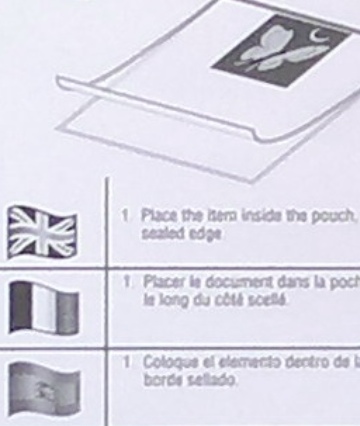
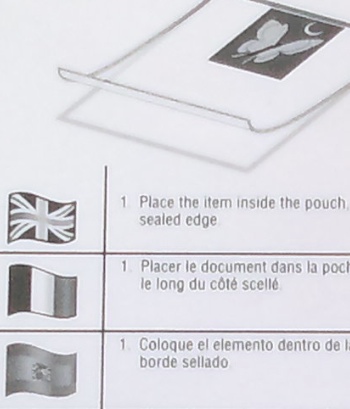
You can see that, closer than 15", the EDoF optical tricks can't cope and the text becomes too blurred and out of focus. One ploy suggested by many for EDoF-equipped phones is to shoot from further away, making sure that the subject is better in focus and relying on high resolution in the sensor to provide enough detail - after all, the image can always be cropped later. The 24" range example above shows the result. It may be better focussed as an overall image, but once we've zoomed in and cropped, we're down at the limits of the resolution of the sensor and optics and the results are worse.
In addition to the focussing and resolution limitations, there are issues with EDoF where accuracy and colour rendition sometimes gets worse as you move away from the centre of the captured image. You've seen my 'berries' example photo (in the C7 review) where there was some variation in colour accuracy across the frame? Here it's evident, even on a black and white subject, as extra degradation in the text. On the left is a different crop of the 15" image above, this time looking at a spot further away from the centre of the image. On the right is the same size fragment from the centre. Part of the same photo, yet quite a difference.
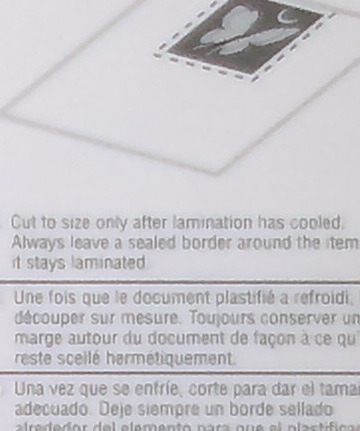

In summary, with regard to document photography, it's fair to say that if you just want to snap a magazine cover or flyer in order to remember a particular detail (say, a phone number or web site URL) then the E7's camera should be OK. The image will be a little blurred but probably sufficient. The same will apply to a white board with a plan or brain dump that you want to record for later transcription.
However, if you're trying to do what many people have been doing with Nokia auto-focus cameras for the last few years - use the phone camera as a makeshift photocopier - then you're out of luck, the EDoF and optics aren't up to the job. It's telling that no OCR (Optical Character Recognition) software of any kind is shipped with the E7, so clearly Nokia's engineers came to roughly the same conclusions as me.
In short, you want a thin QWERTY smartphone? You have to let accurate document scanning go.
Steve Litchfield, AAS, 14 Feb 2011
PS. The full E7 review will continue tomorrow, with a proper look at wider camera functions and multimedia.

